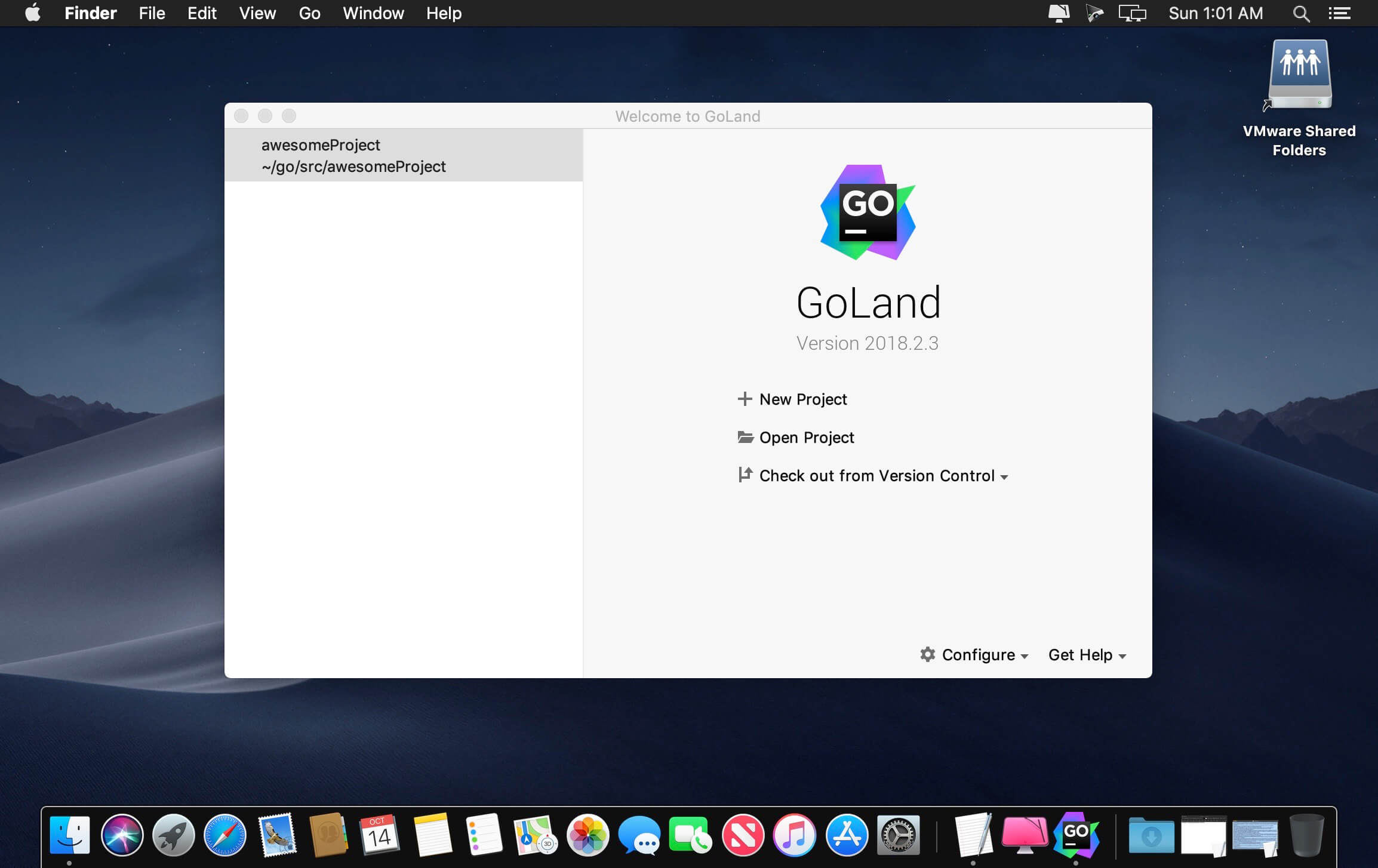


When you build locally, you can pretty much do anything, run, debug, run tests, profile, and get test coverage on any supported run target: local, Docker, SSH, or WSL. Out of all of these, any scenario that involves building on the local machine gives us the most flexibility, especially since Go can natively cross-compile to other architectures/operating systems without any problems. Where does this leave us in terms of scenarios, and which ones should we prioritize? Each of these project models can use the vendoring approach or not for managing the dependencies.There are essentially two project models: GOPATH (to be deprecated in the future) or Go modules.If this complexity is not enough, you have to add the following Go options to the list too: And, finally, you can choose to run all of the above or debug them.You can choose to run the tests, with coverage or not, profile the tests or benchmarks using the supported frameworks (standard tests/benchmarks, gocheck, or testify).You can choose to build with or without running after that.You can build or test a file, a directory (and all subdirectories), or a package.To learn more about Run Configurations, you can visit our dedicated Help page.Įach of these has different options, such as: The Run Target feature is a new part of the Run Configuration. What’s the difference between Run Configurations and Run Targets?Ī Run Configuration is the set of arguments, environment variables, and other settings that allow the IDE to compile and run your application or tests. GoLand currently has two main types of Run Configurations that need to work with a Run Target: Go Build and Go Test. Current capabilities and limitations of Run Targets The Run Targets expands this concept to seamlessly run/debug your code in other targets, like those mentioned above.
GOLAND CODE COVERAGE WINDOWS
the Windows Subsystem for Linux v2 (WSL 2, also known as WSL)Īs I mentioned earlier, you could already run/debug your code on the local machine.a server with an available SSH connection.What is it, and why do we call it such? What are Run TargetsĪ target is an environment usually preconfigured by you or your IT department, capable of building or running your code. That is why our team embarked on a journey to provide a better experience for these kinds of workflows.Īnd that’s how the Run targets feature came to be. However, this was not convenient to use and did not have the integration level that our users expect when using our tools. Remote Hosts Access) plugin and the Settings/Preferences | Tools | External Tools feature or the built-in Docker plugin to achieve some sort of workflow. You could use the FTP/SFTP Connectivity (ex. Previously, when you were using GoLand, you could test and run your code only on the same machine you had the IDE installed on.


 0 kommentar(er)
0 kommentar(er)
